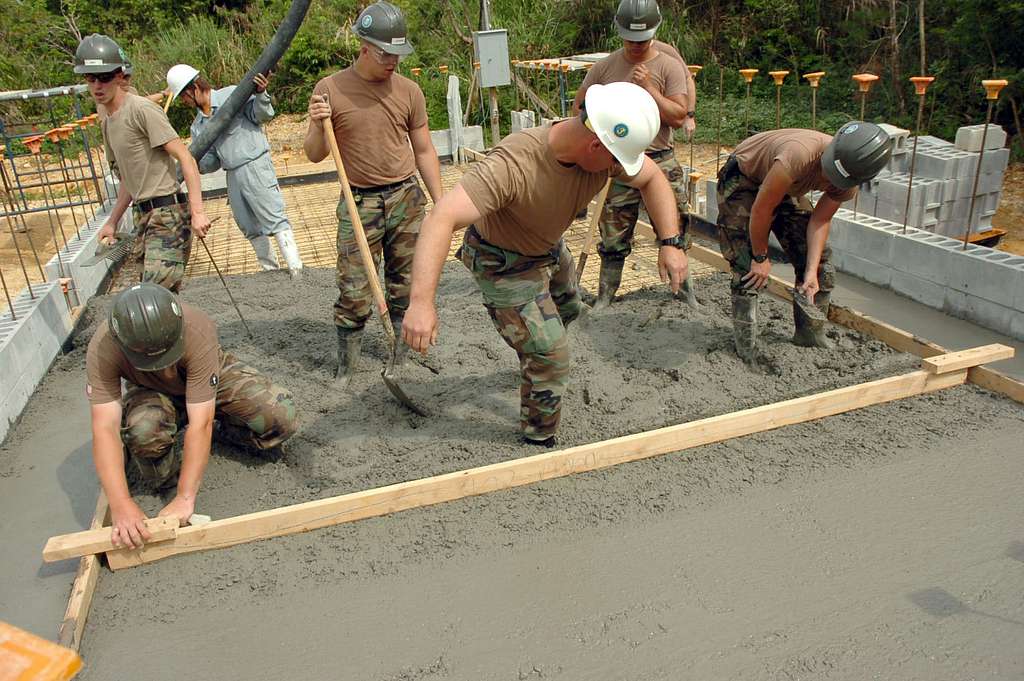As a homeowner, maintaining the safety, functionality, and aesthetics of your property is essential. Uneven or sunken concrete surfaces can be a common issue, affecting not only the appearance of your home but also its value and safety. Concrete leveling provides an effective solution to address these concerns. In this comprehensive guide, we’ll walk you through the process of concrete leveling and empower you with the knowledge you need as a homeowner.
Understanding Concrete Leveling
Concrete leveling is a process that raises and levels sunken or uneven concrete surfaces. It involves injecting a specialized material beneath the concrete to restore its proper level and functionality Concrete leveling services. This method is an excellent alternative to complete concrete replacement, as it offers several advantages, including cost-effectiveness and minimal disruption.
When to Consider Concrete Leveling
Consider concrete leveling if you notice any of the following signs:
- Uneven or sunken driveways, walkways, patios, or pool decks
- Trip hazards or safety concerns due to uneven concrete surfaces
- Water pooling or improper drainage on your concrete areas
- Visible cracks or gaps in your concrete that have developed over time
Benefits of Concrete Leveling for Homeowners
Concrete leveling offers homeowners numerous benefits:
- Safety Enhancement: Leveled concrete surfaces eliminate trip hazards and reduce the risk of accidents, ensuring the safety of your family and visitors.
- Curb Appeal: Even and visually appealing concrete areas enhance the overall curb appeal of your property, making a positive first impression.
- Cost-Effectiveness: Concrete leveling is more budget-friendly than complete replacement, saving you time, money, and the hassle of extensive construction.
- Preventive Measure: Addressing unevenness early prevents further damage, extending the lifespan of your concrete and preventing more costly repairs.
The Concrete Leveling Process
Concrete leveling typically involves the following steps:
- Assessment: Professionals assess the extent of the unevenness and identify any underlying causes.
- Drilling Access Holes: Small access holes are drilled into the sunken concrete areas.
- Injection of Leveling Material: A specialized material is injected through the access holes, filling voids and lifting the concrete.
- Monitoring and Adjustment: The process is closely monitored to ensure an even and precise lift of the concrete.
- Patching Access Holes: Once the leveling is complete, access holes are patched with a matching material.
- Final Inspection and Clean-Up: A final inspection ensures the surface is level and safe. Excess material and debris are cleaned up.
DIY vs. Professional Concrete Leveling
While some homeowners may consider DIY concrete leveling, it’s recommended to hire professionals for accurate and effective results. Professional concrete leveling companies have the expertise, equipment, and materials to ensure a successful outcome.
Maintaining Leveled Concrete Surfaces
To maintain the results of your concrete leveling project, consider the following tips:
- Ensure proper drainage to prevent future settling.
- Regularly inspect your concrete surfaces for signs of unevenness or settling.
- Avoid placing heavy loads or equipment on the leveled concrete areas.
- Apply a concrete sealer to protect your surfaces from moisture and UV rays.
What should I do if I encounter problems with my concrete after installation?
If you encounter problems with your concrete after installation, it’s important to address them promptly to prevent further damage. First, assess the extent of the issue and consider seeking professional help if it’s a complex problem. It’s crucial to determine the root cause of the problem, whether it’s due to improper installation, environmental factors, or material quality.
In some cases, simple solutions like sealing cracks or applying a new layer of concrete may suffice, but for more severe issues, consulting with a concrete specialist is advisable. Remember that regular maintenance and timely repairs can extend the lifespan of your concrete surfaces and save you from costly replacements in the long run.
When facing problems with newly installed concrete, don’t panic; instead, take proactive measures to address them effectively. Start by documenting the issues and communicating them to the contractor responsible for the installation. Additionally, consider getting an independent assessment from a Concrete contractor Beaumont to understand the potential causes behind the problems.
Take note that understanding your rights as a consumer can be beneficial when discussing solutions with contractors or seeking legal recourse if necessary. Finally, stay engaged in finding a solution and ensure that any repairs or modifications are completed according to industry standards and best practices.
Conclusion
Concrete leveling is a valuable solution for homeowners seeking to address uneven or sunken concrete surfaces. By understanding the process, benefits, and maintenance strategies, you can make informed decisions and ensure the safety, aesthetics, and value of your property for years to come.
